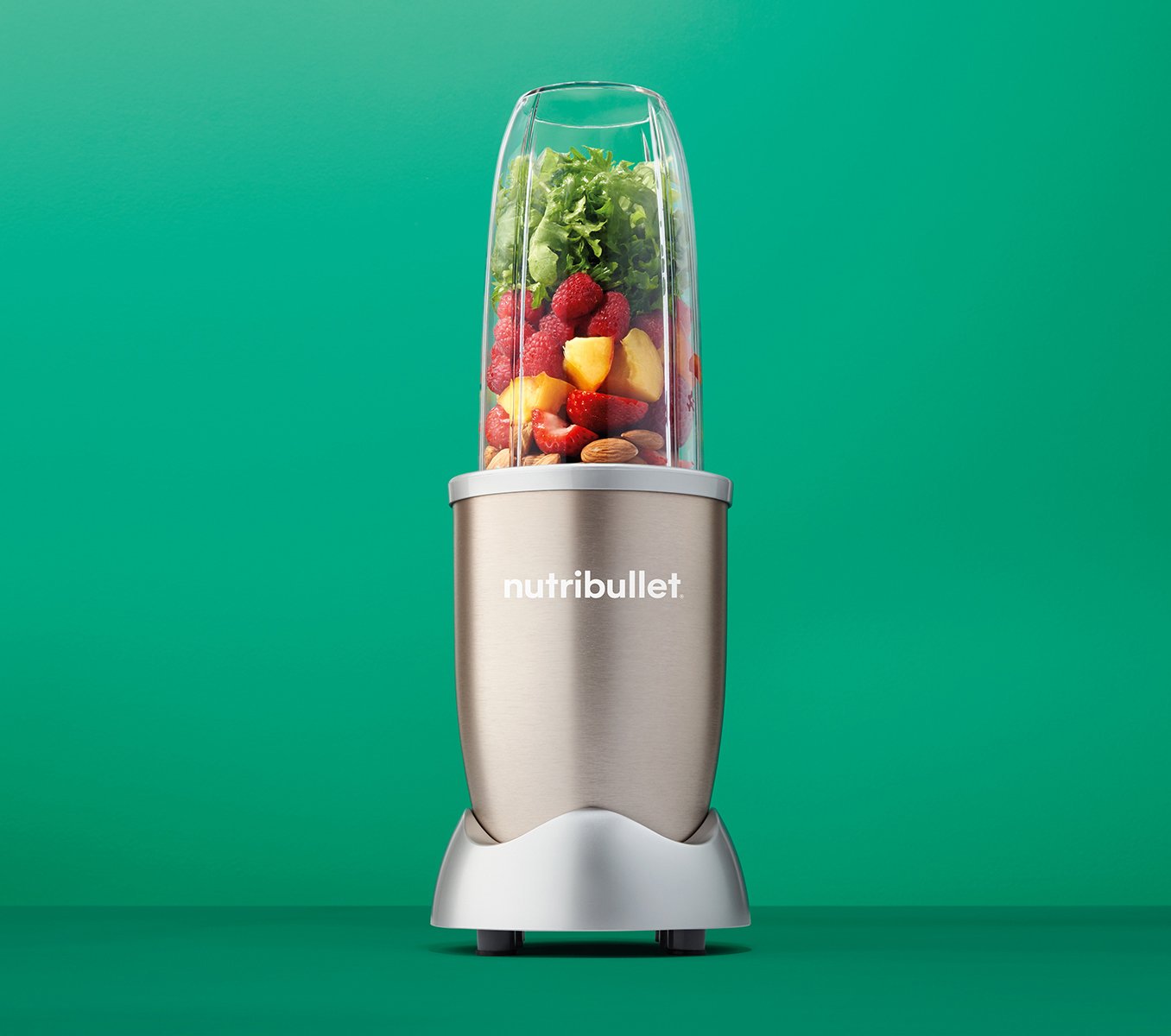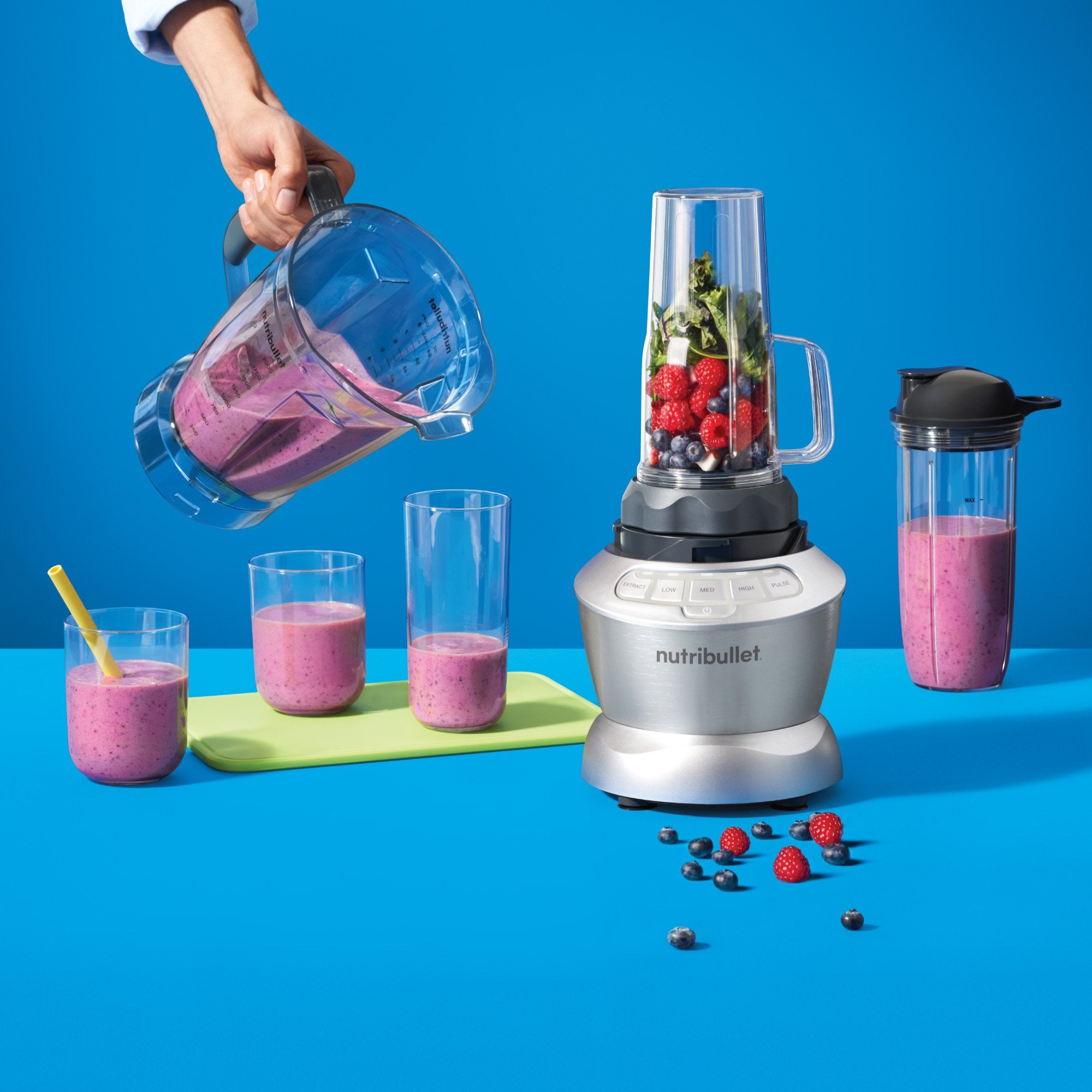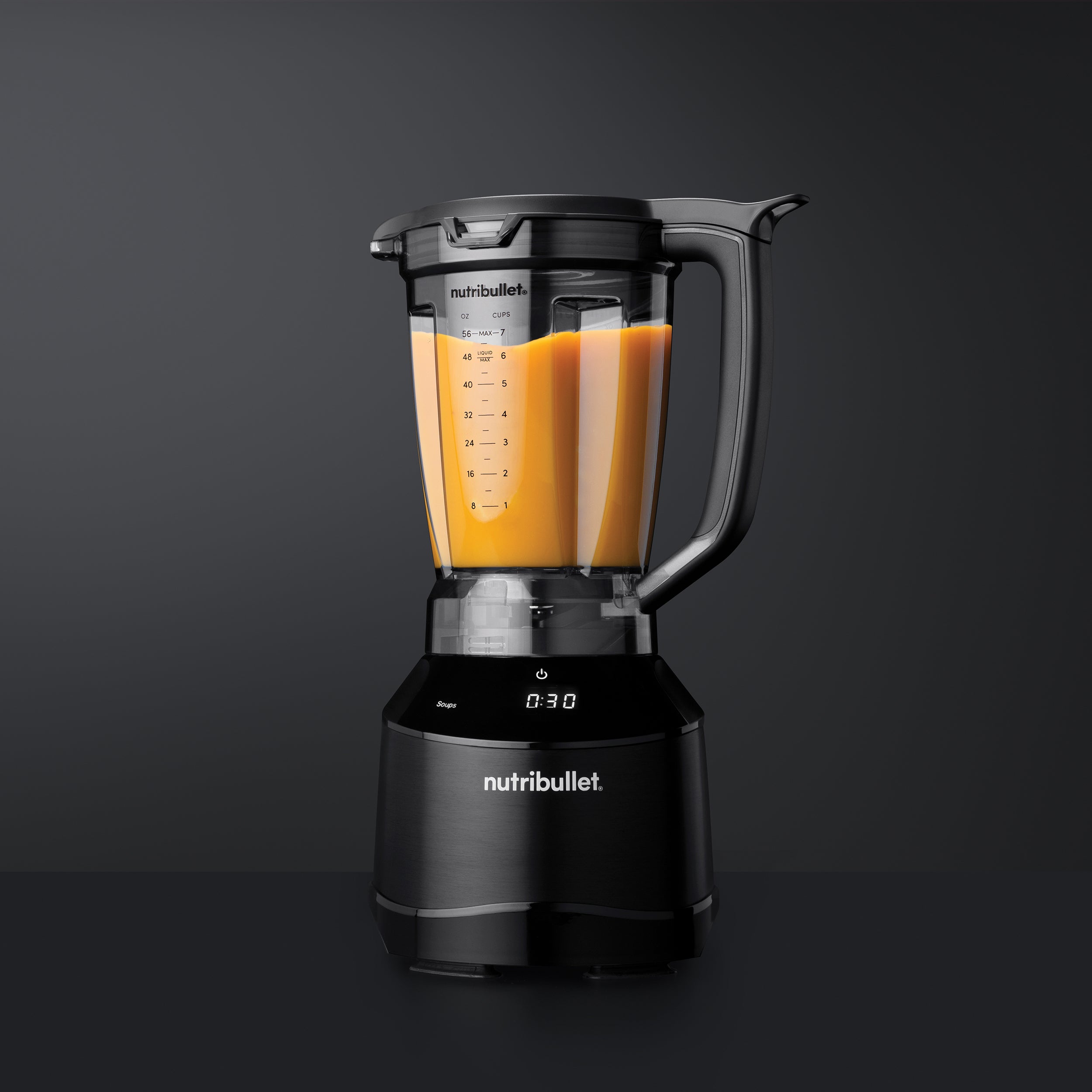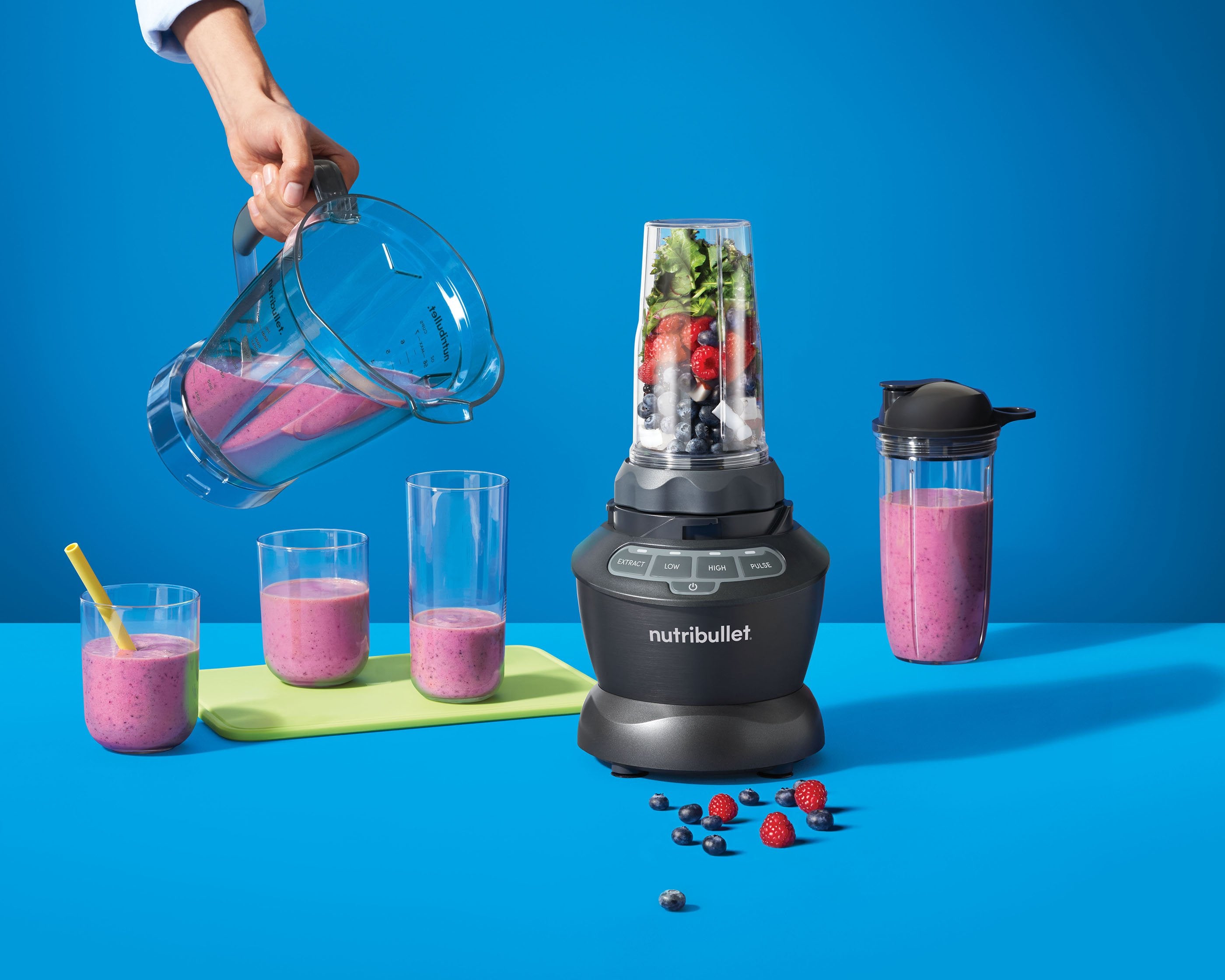I am not the cardiologist of Bob Harper, the celebrity trainer from The Biggest Loser who shocked the world recently announcing he had suffered a heart attack and cardiac arrest. Fortunately, he is back home and beginning a period of healing and recovery, which he’s documenting on Instagram. I wish him a full and speedy recovery and a long life. When a celebrity health expert gets blindsided by a sudden cardiac event, what can we learn about steps you can take to know of your heart status in detail to prevent a similar near-fatal and fatal event? What can Bob Harper do from here on out to avoid further heart events?
What is clear from the past 6 months of celebrity tragedies like those of Harper, Bill Paxton, Alan Thicke, and Carrie Fisher is that even high profile figures may be missing a more advanced and definitive evaluation to early identify the number one killer of men and women in the Western world. Here are some tests you can ask for to either find out about early heart disease or prove there is none. It is neither difficult nor expensive to have certainty.
1. Ask for a coronary artery calcium scan (CACS).
A CACS is by far the most accurate way to determine if your heart arteries are silently suffering. The heart gives no warnings until the arteries are badly blocked, and the first symptom you have may be the day you die. In my community, this widely available CT scan costs $80, uses no dye, and takes one minute. It’s far more accurate for screening your heart than a stress test. Your score should be zero, and anything higher should prompt you to see a preventive cardiology expert.
2. Never leave an ER without a complete evaluation.
For starters, don’t go to an urgent care clinic with chest pain, pressure, tightness, squeezing, or compression. Go to an emergency room.
That said, ERs have pressure on them to turn over rooms. I’ve reviewed charts from dozens of young people sent home with cursory evaluations, only to die or be maimed by massive heart attacks within days.
Bottom line: DON’T GO HOME without a thorough evaluation. Second, ask for “serial” cardiac enzymes that are repeated two or three times, every four to six hours. Third, ask for a repeat ECG to compare to the one you got initially.
Finally, ask for a definitive test before discharge. This may be a treadmill stress test with echocardiography (no radiation) or nuclear imaging (radiation). In some ERs, the CACS or the advanced coronary CT angiogram may be available. If you’re not severely allergic to iodine dye, this is by far the most accurate way to be sure your arteries are clean. If they aren’t clean, a cardiologist will have to evaluate your status, but you’ll know the score and — most importantly — be alive.
3. Ask for advanced labs
I’ve had 30-plus years of training and practice, so I can tell you that you’ll probably have the same lab tests at an annual physical now as you would’ve in the 1970s. This isn’t just outdated, it’s unacceptable— there have been major advances in laboratory testing in the past 40 years, believe it or not. I suggest asking for the following tests:
- Advanced lipid profile: Rather than giving you an LDL cholesterol level, advanced panels measure LDL particle number and size, which are more predictive of future heart and stroke events. Two people with the same cholesterol levels can have widely different particle and size measurements, making for very different risks.
- Lipoprotein a: This is a genetic form of cholesterol that’s elevated in about 20 percent of those tested. It’s rarely drawn, even though hundreds of research studies indicate that if it’s high, the risk of heart attack and stroke skyrocket. There’s even a foundation dedicated to educating the public of the risk.
- Homocysteine: This amino acid is produced by a process called methylation. It’s important for artery and brain health, and when elevated, it may be due to a genetic defect in the MTHFR gene, which is also easily measured. It can be treated with methylated B complex vitamins, and the level will return to normal.
- Inflammatory markers: The best known is hs-CRP, but there are at least five others I measure in my practice, like MPO. If there are markers of inflammation in the blood, a hunt is on for insulin resistance, infections, food allergies, skin conditions like psoriasis, a diet rich in processed foods, central obesity, gingivitis, and sleep apnea… among others. Inflammation can be reduced by addressing these root causes.
- TMAO: This is a newly described marker of heart and kidney health that’s elevated after eating meat and egg-heavy diets with altered gut microbiome. It has been shown to cause heart and kidney damage and is associated with worsened prognosis — if you have high levels of this, you may want to make a transition to a more plant-based diet.
- ApoE genotype: This blood test can indicate if you inherited low-risk genes for heart disease and Alzheimer’s dementia, such as ApoE 3/3, or very high-risk genes for these conditions like ApoE 4/4. Furthermore, carriers of even one ApoE 4 allele are wise to greatly reduce their dietary saturated fat intakes such as meats, cheeses, eggs, and full-fat dairy.
4. Ask for an ECG.
Years ago, a routine physical included an electrocardiogram (ECG or EKG) but it’s often skipped now. I suggest it for one particular reason: the measurement called the QT interval, which is the time between two waves in your heartbeat. A segment of the population has a genetic defect that causes the QT interval to be prolonged, and some people are prescribed drugs that prolong the QT interval.
A long QT can result in death from a cardiac arrhythmia, and a number of medications have been pulled off the market due to this side effect. Knowing if you have a prolonged QT interval before you’re prescribed antibiotics, antidepressants, and other medications is key.
5. Get a vascular screening.
Many hospitals offer a vascular-screening program using ultrasounds of the carotid arteries, abdominal aorta, and legs. My hospital does it for $50 out of pocket, a bargain. While they’re rarely definitive, they can offer good value if you’re a smoker or have a family history of early heart disease or stroke. Arteries should have no plaque, so the presence of “mild” plaque should prompt you to have a complete evaluation by a vascular expert. This is not a substitute for a CACS but gives additional information.
What can Bob Harper do now to improve his outlook? I hope his physicians refer him to a cardiac rehabilitation program to regain confidence and fitness while being monitored for safety. There are two insurance-covered versions, one called the Pritikin Intensive Cardiac Rehabilitation (ICR) program and one called Ornish ICR that take more time to teach plant-based diets shown to reverse heart disease. I also hope Mr. Harper returns to the vegan diet he was following in 2010 when he announced that it had lowered his cholesterol by over 100 points. His diet veered far away from this prior to his heart attack, including a demonstration of making bulletproof coffee rich in animal saturated fat that could only raise his already high cholesterol. My hope is that he adopts a plant-based diet without added oils known to decrease heart events since at least the 1950’s.
Find this and other articles written by cardiologist Joel Kahn here.
Nutritional information
Recipe: Creamy Green Strawberry Dream Serving in this recipe:1
- Calories: 236.6
- Total Fat: 3.6 g 5.5%
- Saturated Fat: 0.4 g 1.9%
- Cholesterol: 0 mg 0%
- Sodium: 358.7 mg 14.9%
- Total Carbs: 45.7 g 15.2%
- Dietary Fiber: 9.9 g 39.4%
- Sugar: 22.1 g
- Protein: 8.1 g 16.2%
- Vitamin A: 481.9% Vitamin C: 244.1%
- Calcium: 68.5% Iron: 26.1%
* Percent Daily Values are based on a 2,000 calorie diet. Your daily values may be higher or lower depending on your calorie needs.





















